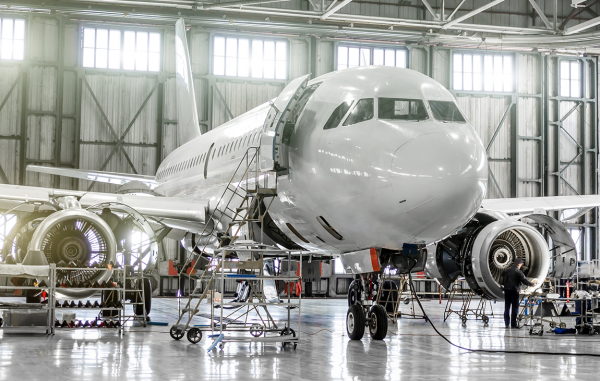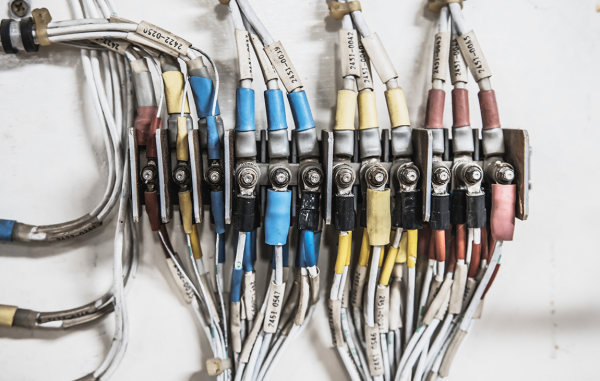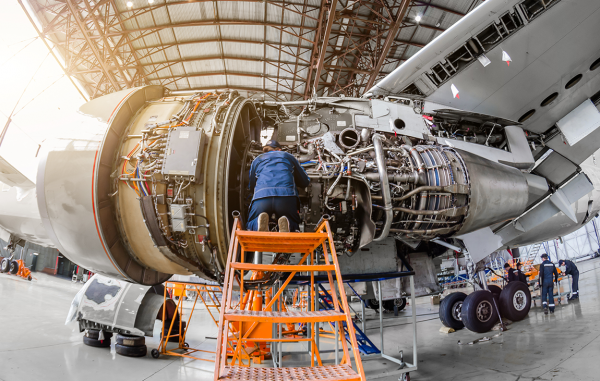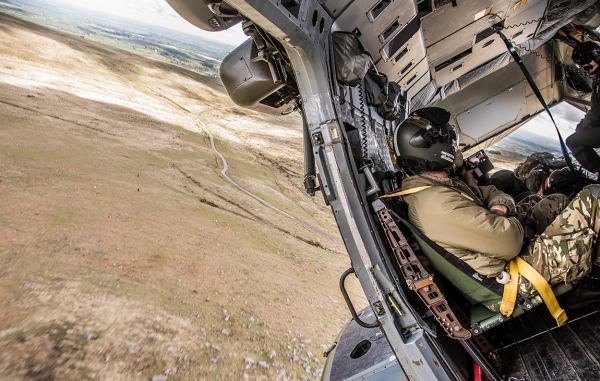
Driving robust cabling in the aerospace and defence sectors
Applying some of the strictest compliance regulations in the world, cable performance is central to enabling reliable power and communications. Heavily focused on developing industrial aircraft, military tanks, and a range of transport and systems to support national security operations worldwide.
The requirement for compact, highly efficient and stealth systems drives the advancement of safe, proven, innovative and most importantly compliance tested cabling infrastructures. Economic priorities differ from country to country, however, the need remains much the same. The use of lightweight, smaller and more robust cable components plays a key role in successful delivery.

Cabling applications
1. Electrical wiring interconnection systems
Referred to as EWIS, these systems encompass any wiring or components installed within an aircraft to generate, distribute, transmit or use electrical energy and data. These aircraft operations heavily depend upon safe and reliable systems.
In the past, the aerospace sector has experienced mid-air explosions, with electrical faults highlighted as the most possible cause, leading to the ignition of fuel tanks and serious incidents. Installation-related errors, cabling repairs, corrosion or deterioration caused by high operating temperatures and, subsequently, premature aging, all represent triggers for electrical faults and failures. Rigorous testing and certification to cable and sector specific standards allow specifiers to evidence long-term and environmental performance before installation.

2. Heating, ventilation and lighting
On most aerospace and defence units, a combustion heater is used to heat the cabin areas. A combustion heater houses an airtight burner chamber that ignites the fuel to provide heat, and collocated ventilation systems mix fresh and filtered air back into transport systems in order that warm, clean air supplies can be dispersed. Safety in these systems is, therefore, paramount, as a glitch or failure can again pose critical risks. Applying cables that have been assessed for both fire and chemical resistance offers additional protection to further safeguard operations.
Emergency systems need to be able to offer continued circuit integrity to enable navigation to safety. These systems may include any number of cooling, defogging, sprinkler or smoke and toxic fumes controls. In addition to functions that support temperature, visibility, extinguishing or extraction, lighting, both internal and external, must operate as planned in normal and emergency scenarios. The reliability of cabling that is able to support these vital functions or power covert infrared systems is a necessity to the aerospace and defence sector.

3. Communications and data
Navigation and communications systems seemingly work without any visible cabling. Hidden within the aircraft walls, communications cables transfer data within and external to aerospace and defence operations. Manufacturers continue with the goal of making the most lightweight, compact, cost-efficient cabling options offering precision and leaving little room for error.
Take-off and landing, exposure to extreme temperatures, or rough environmental impacts require cabling to be specified to higher grades of quality, durability and stability than cables destined for commercial applications. Equally important, the demand for efficient, secure data transmission within the sector, enabling safe and swift transfer, is key. Approved communications and data cabling is independently tested for transmission and interference and for mechanical, ingress, climate and electromagnetic performance specific to heavy industrial applications.
Passenger, crew and equipment safety is vital on any aerospace and defence vehicle. Any system failures, particularly electrical cable malfunctions can have extreme consequences.
Stringent application and compliance to the regulatory requirements and specialist sector needs is key to safe, reliable and efficient operations. Robust cable assessments prior to install facilitate the evidencing of ongoing performance levels and cable quality.
Contact the team below to learn more
Enter the laboratory test area
Regional experts
Click the arrows to scroll for your regional teams








